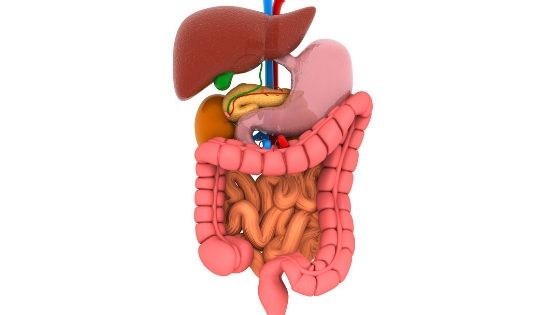Understanding Your Anatomy
It’s important to know your anatomy; it is the key to maximizing the health benefits of yoga.
Understanding how your body is designed and how it performs certain functions, gives you the inside track on the intention of the posture. You gain clarity on why you are doing what you are doing.
Health Benefits of Yoga
The practice then becomes less about doing the posture and more about the effectiveness of this posture. The technicality of the position reigns supreme. Even when proper form requires you to take a step back and perfect the basics you thought you had mastered years ago.
Additionally, understanding the benefits and the compounding affects they have on your health and wellbeing will keep you motivated. On the days you feel tired, you will know that the yoga will give you the energy you need. On the days you have indigestion, you’ll know that your practice will help alleviate your discomfort.
Improving Digestive Health
The digestive system involves numerous organs (i.e. stomach, liver, pancreas, large and small colon, etc.). Each organ plays an important role in processing the liquid and solids you ingest. The proper functionality of the digestive system depends greatly on involuntary muscle contraction, called peristalsis. Peristalsis keeps the contents of your food moving through the body so they nutrients can be absorbed and the rest can be discarded.

The digestive process requires no conscious thought, which means your body will digest food whether you ask it to or not. That being said, the health of your digestive system depends greatly on how you live your life. Your nutrition and how active you are plays a critical role in your digestive health. For example, if you spend the majority of your time in a sedentary (seated) position, your digestive system will begin to lag and become less and less efficient over time.
The Importance of Stimulation
Like any other system in the body, the digestive system needs stimulation. We can accomplish this through regular movement, as well as creating compression and pressure through the abdomen.
Wind Removing pose and all other anterior compression poses in the Bikram Yoga series, massage the internal digestive organs and provide stimulation. In Wind Removing pose, you are using the upper thigh to create compression through the ascending and descending tracts of the large colon.

Through compression postures such as Separate Leg Head to Knee, Rabbit and Head to Knee, the practitioner uses transverse abdominus to compress and stimulate the organs contained within the abdominal cavity. The transverse abdominus is the innermost abdominal muscle, and when engaged sucks the abdominal cavity inward. This pushes the organs back and up.
The effect of these postures is not unlike an abdominal massage from a Massage Therapist. In addition to the digestive benefits, these yoga postures also give you the opportunity to improve abdominal, arm and grip strength, as well as foster flexibility through the lower back and glutes.
1 Comment
Comments are closed.
An excellent post, congratulations !!